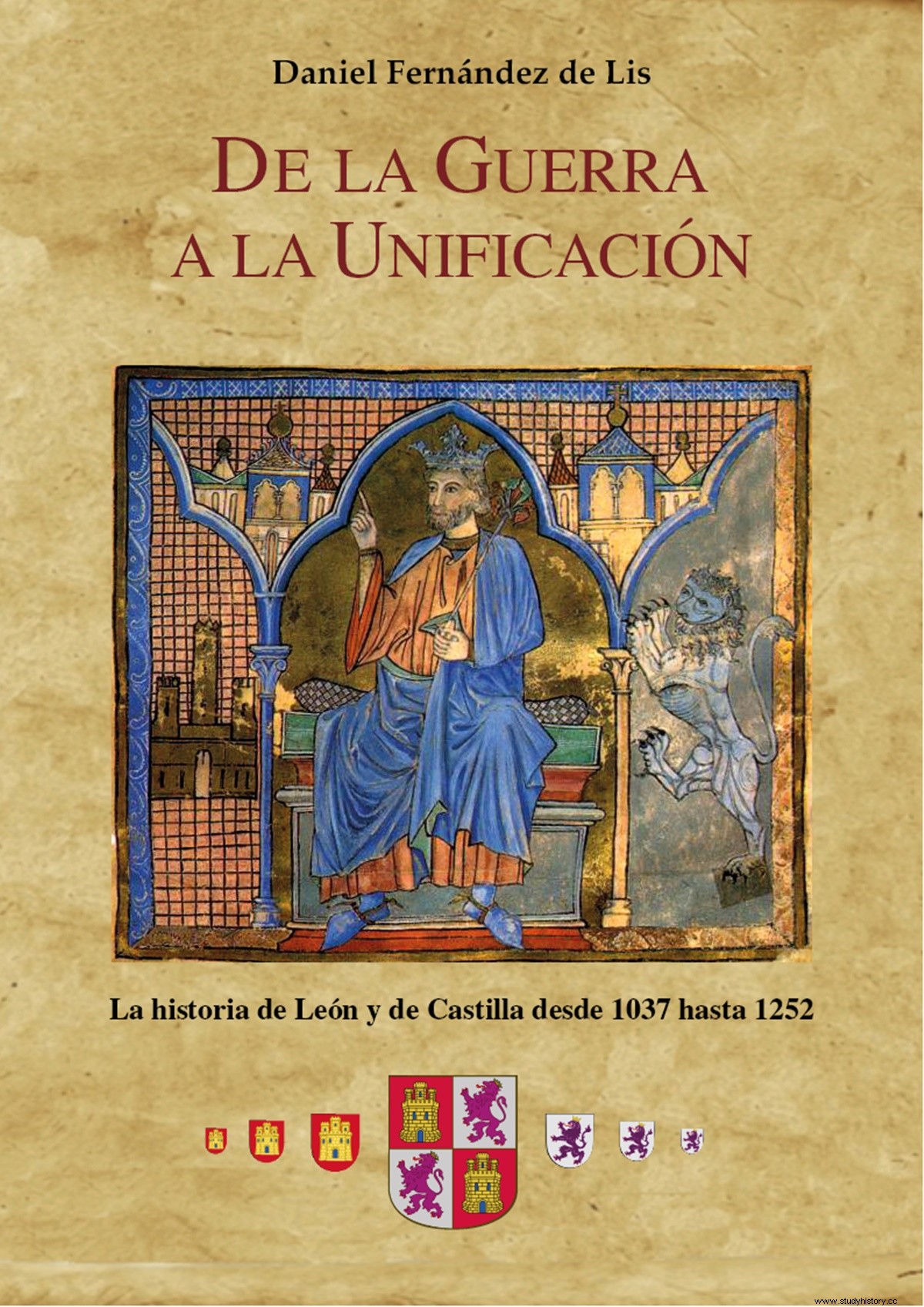After a siege that had lasted six months, the gates of Valencia were opened for the Cid's army on June 15, 1094, and Rodrigo entered the city the following day. The conquest of Valencia was not only a moral blow for the Muslims of the peninsula, but also seriously endangered the Almoravid domains closest to the city of Turia. Their lands and castles began to suffer a resurgence of attacks and looting by the Cidian forces based in Valencia. For this reason they requested help directly from the Almoravid emir Yúsuf.
Yúsuf placed in the hands of his nephew Abu Abdalá Mohamed ibn Texufin an army of four thousand men who crossed the Strait between the months of August and September 1094. From there he went to Granada, where he was joined by the peninsular Muslim forces that Yúsuf had given orders to mobilize to conquer Valencia and capture El Cid. The Almoravid army set off towards its objective.
Hearing this, Rodrigo took steps to strengthen the defenses of Valencia and the fortresses that were loyal to him. He also augmented his army with more Christian and Muslim men and amassed plenty of food and supplies to withstand a long siege. Finally, after disarming the Muslims who lived inside Valencia, he expelled from the city an important contingent of them, those he considered more capable of fighting and, therefore, of becoming a problem within the walls of Valencia. if there was a siege. It was a temporary measure, until the Almoravid threat was resolved.
On October 14, 1094, the Almoravid army, joined by new forces from Lérida, Tortosa, Santaver and Alpuente, camped at Cuarte (about seven kilometers from Valencia). From there they went daily to the walls of Valencia where they threw arrows and spears into the interior of the city while they provoked the Cidian forces with shouts, who did not enter the rag of incitement. It was a huge army in its number, but very disorganized and without a strong and united leadership.
Determined to take advantage of this situation and the rumors (more than likely spread by Muslims from the Cid's squad infiltrating the Almoravid camp) of the arrival of an army from the kingdom of León to the aid of Valencia, the Cid devised a stratagem.
He hid part of his cavalry one night near the Muslim camp at Cuarte and the next morning made a sortie with the rest of his forces. The Almoravid army attacked this retinue, which was attracting it towards the walls of Valencia. The ambushed force then came out of hiding and attacked the unguarded Almoravid camp. The surprise, together with the previously spread rumor that it was Alfonso VI's army coming to the aid of Valencia, caused the disbandment of the survivors of the Almoravid force, who fled (including the commanding general, Yúsuf's nephew), leaving back in Cuarte a huge booty in jewels and coins, which the Cid appropriated. It was October 21, 1094 and for the first time an Almoravid army was defeated in the peninsula by a Christian contingent.
After the battle of Cuarte, Rodrigo was finally able to dedicate himself to establishing his government in Valencia. Determined to regain control of what had been the Valencian Taifa, he not only focused on the administration of the city, but also dedicated himself to attacking the nearby fortresses that had supported the Almoravids.
One of his first actions after his victory in Cuarte was to hold an interview with the new king of Aragon, Pedro I (his father Sancho Ramírez had died on June 4, 1094), which took place in Burriana and in which both leaders they agreed to an alliance between their domains and mutual defense against common enemies... but that's another story.
Entry extracted from the book «From war to unification. History of León and Castile from 1037 to 1252» by Daniel Fernández de Lis.

Image| Wikimedia Commons.
